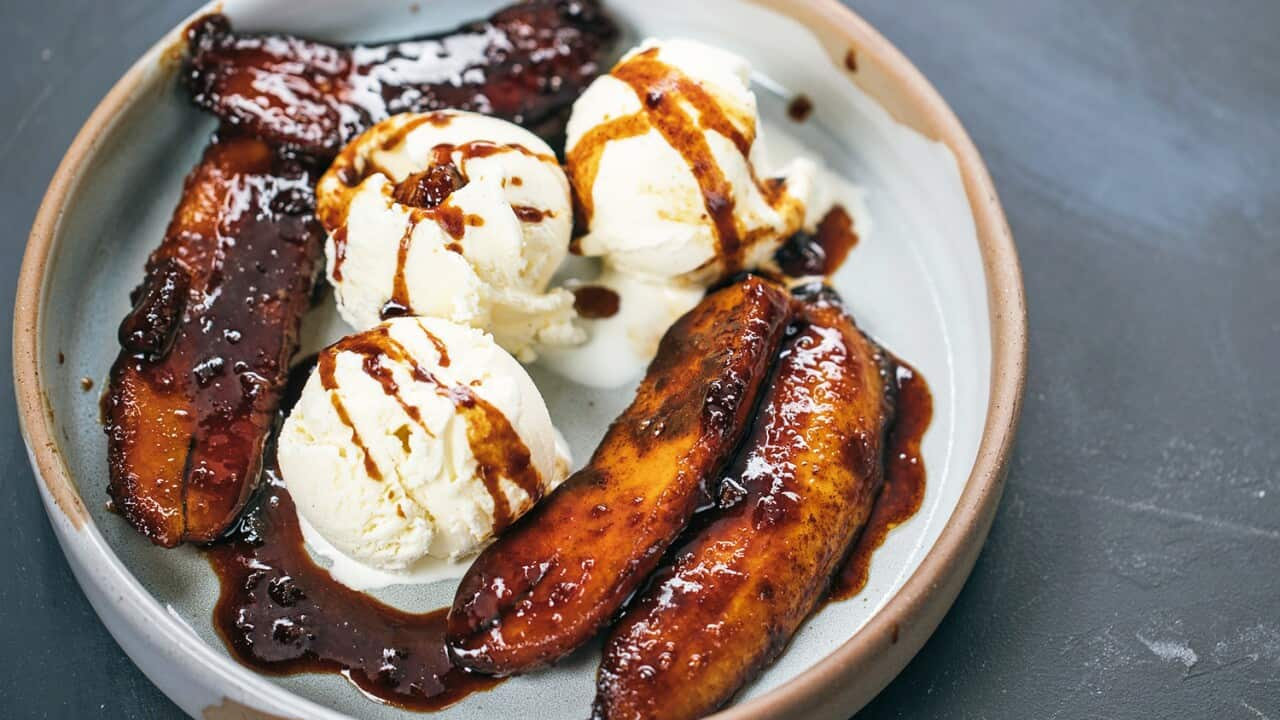I could hear the brass band outside my window in New Orleans. The notes bounced down Rampart Street, the low bass of the tuba, the joyful clatter of drums. In the French Quarter, sonic euphoria matched culinary excess: you sensed everyone was drinking and dining. Ordering one more dish. Chasing dinner with dessert with supper. Friends gathered on a porch laughing over shrimp . Couples shared escargot at candlelit restaurants. Taxi drivers heartily recommended their post-shift gumbo. But I was curled up, sick to my stomach on my hotel bed. I didn’t want to eat again.
I’d long dreamed about visiting New Orleans. In the great Southern city on the Gulf of Mexico, Cajun, Creole and African-American cooking collides with French and Spanish influences. Colonisation, migration and resistance shape a complex and singular food culture. But the history of New Orleans, it seemed to me, was also a story of hunger. About eating as a metaphor for living. The power of an appetite met. The city’s most famous eaters haunted the French Quarter. The playwright Tennessee Williams was a fan of vegetables cooked in lard at French-Creole restaurant . The poet Charles Bukowski famously lived on and roved the streets, starving, dreaming of wine and porterhouse. There's the story of Marie Laveau, a and free woman of colour. According to New Orleans legend, Laveau, whose tomb lay across from our hotel, would meet a pirate late at night for absinthe and oysters.
The city’s most famous eaters haunted the French Quarter. The playwright Tennessee Williams was a fan of vegetables cooked in lard at French-Creole restaurant . The poet Charles Bukowski famously lived on and roved the streets, starving, dreaming of wine and porterhouse. There's the story of Marie Laveau, a and free woman of colour. According to New Orleans legend, Laveau, whose tomb lay across from our hotel, would meet a pirate late at night for absinthe and oysters.

Shrimp po' boys have become a staple New Orleans sandwich. Source: In Bread
When I summoned the strength to get out of bed, my appetite eluded me. There were ways in which my hunger was a compass. The more out of sync I felt with the city, the more I was a stranger to myself.
Of course, I did eat in New Orleans. A beignet, those deep-fried pastries dusted with icing sugar at a place near French Market, a rite of passage for every tourist. Fried chicken at in Tremé, the historic where diners line up for soul food. Cornbread and green beans and candied yams cooked with the same love and attention since 1957, served out of a space as warm and familiar as a lounge room.
And then at the airport, the city gave me a parting gift. We swung by an outpost of , where chef Leah Chase served Martin Luther King Jr. when Louisiana was still segregated. A moment of transcendence arrived via a bowl of red beans and rice.
The dish has a storied past. with the immigrants who fled to New Orleans in the wake of the Haitian revolution. The jazz great Louis Armstrong was such a devotee, he would sign off letters with the phrase .
The dish is the province of home kitchens. It was traditionally made on a Monday, beans simmering, with minimal supervision, for hours on a stove while a household busied itself with the laundry.
I relished each spoonful. Red beans laced with onion and bell peppers and cayenne rendered, via delayed gratification, impossibly rich and creamy. A restorative magic spun out of humble parts.
Red beans and rice is rooted in New Orleans, a cornerstone of Creole tradition. Yet it transported me, oddly enough, to a mainstay of my childhood, , an unassuming Indian dish of kidney beans and rice that also demands patience. The kind of unremarkable food that doesn’t appear on menus, that rarely crops up on social media.
The jazz great Louis Armstrong was such a devotee, he would sign off letters with the phrase "red beans & ricely yours".
According to a , kidney beans may have made their way to India from the Americas on the French ships that arrived in the southern city of Pondicherry. A dish I’d assumed was quintessentially Indian had roots that weren’t Indian at all.
I had felt like an outsider in New Orleans. I didn’t want to indulge. I wanted to eat and be full. But over red beans and rice, the strange became familiar. Memories of past sustenance flooded back to me. I realised food was connected to place. The places I dreamed about were connected to the places I knew. I no longer felt like a stranger to myself. Suddenly, as I was leaving the city, I was hungrier than I’d ever been.









